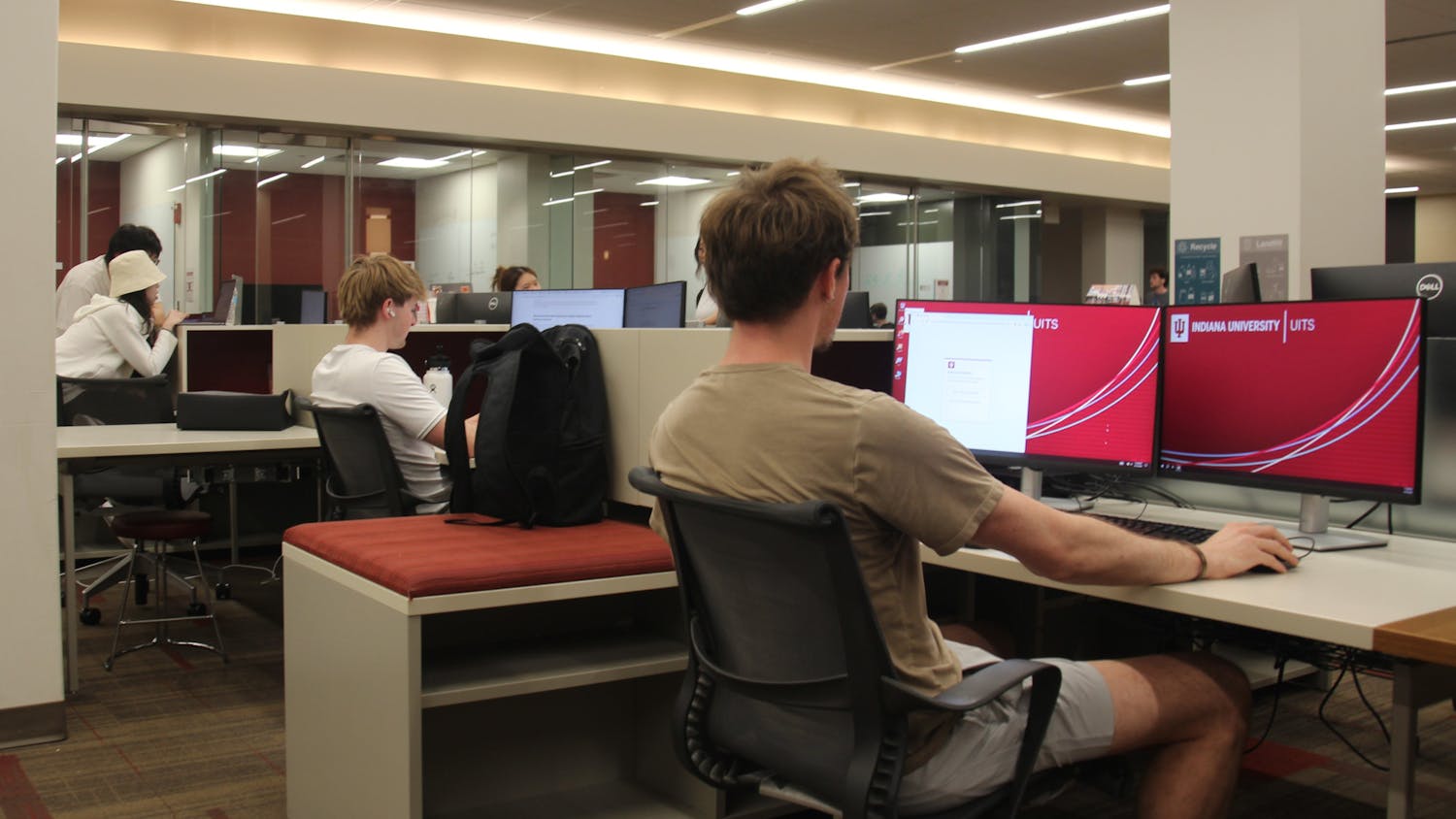IU is a community that is hypothetically dedicated to equal access and accommodation for all its members. However, the Editorial Board believes that when it comes to disability access, IU, and the state of Indiana, is falling short.
Here in Bloomington, we study in buildings that do require specialized accommodations but that do not necessarily meet them in ways that truly provide equal experiences for all who use them. As students, we find a case in Lawrenceburg, Indiana to be an interesting reversal of the architectural situation at IU.
The filing of this case brought the issue to our attention.
In 2013, New Horizons Rehabilitation Inc. a not-for-profit organization that provides services for individuals with intellectual and developmental disabilities, received a real estate donation for land in a family residence zone of Lawrenceburg.
New Horizons intended to use the land for a group home for three adults with disabilities, but Lawrenceburg required the home be registered as a commercial building. This meant that additional funds would be necessary to account for sprinkler systems and other expensive equipment.
On top of that, the Department of Homeland Security denied approval for the group home to be registered as a commercial building. So, in September 2016, New Horizons filed suit against the city, and the American Civil Liberties Union of Indiana filed suit on its behalf in March 2017.
The Editorial Board believes, as the ACLU argues in its suit, that the additional requirements for the home constitute discrimination according to the Americans with Disabilities Act of 1990, which guarantees equal opportunity for individuals with disabilities in all aspects of life, including accommodations.
We know that southern Indiana is hilly, and we’re not trying to hold IU responsible for geography,we just reason that the University’s basic compliance with ADA regulations does not qualify as equal accommodation for students with physical disabilities.
For example, ADA standards mandate that a public building needs only a single entrance accessible for disabled persons. For students, professors or visitors in wheelchairs, however, finding this entrance will likely take up extra time and place them in a part of the building that is not close to their desired location.
Ballantine Hall, for instance, has only one convenient wheelchair-accessible entrance — the other connects to the parking garage and can be reached only if someone were to use what is meant to be a driveway that makes a very steep incline to the upper level of the garage.
Walk or wheel across the center of campus to Woodburn Hall, and you’ll fare no better. All of the easiest entrances have stairs both leading up to and just inside of the wooden doors, which creates an undue challenge for disabled students. It’s hard enough for able-bodied students to get across campus to classes in 15 minutes, and that’s when any route is available. Imagine how much harder that would be using only wheelchair-friendly paths and entrances, and you’ll see that IU could stand to make some major improvements.
There’s a huge difference between meeting legal requirements and incorporating what has recently come to be called “universal design,” an architectural philosophy that ensures all features of public buildings are equally accessible and usable by persons of any level of physical ability. People whose physical capabilities suit social norms are all too often satisfied in thinking that buildings with one wheelchair-accessible entrance or classrooms with a handful of wheelchair-friendly seats sufficiently qualify as equally accommodating.
But if we are genuinely “One IU,” as the University loves to advertise, then we can’t pretend that every student has the same access to education when some face physical barriers just to get into their classes. It seems there’s always a new construction project in progress on campus; maybe it’s time that more of those projects focused on ensuring truly equal access for all students.



